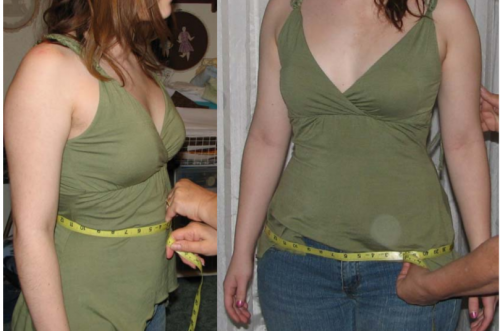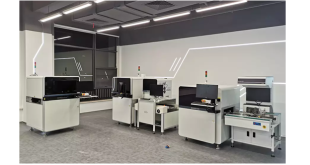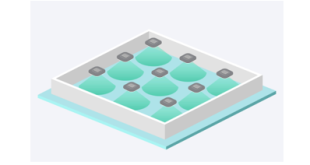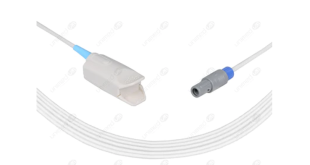Patterns are project design details, instructions, and piece by piece step by step drawings of the sewing project usually produced on thin tissue paper. The paper pattern with all its parts is folded neatly and placed in a pattern envelope for sale.
Some of the more common pattern companies include McCalls, Simplicity, Kwik Sew, and Vogue. Many fabric stores stock a wide variety of these patterns for sale. Patterns are available for almost every imaginable project you can think up. Pants, shirts, blouses, dresses, children’s clothing, suits, jackets, and hundreds of other garment projects in multiple sizes, fashions, and designs are yours for just a few dollars. Draperies, curtains, window toppers, slipcovers, pillows, wall hangings, and hundreds of other home décor projects are covered.
Like patterns, templates provide easy-to-use project designs, project drawing tools, and instructions to make projects easy to do. Unlike patterns, however, templates are usually made on durable permanent materials for frequent and repeated use. Templates are usually more expensive than patterns, but may be used again and again 175 making them highly economical for repeated project productions.
LAYOUT AND CUT OUT
Your pattern envelope provides crucial information on every detail of your project. Treat it like a chapter of the “Sewing” Bible. Your pattern contains multiple views, options, and details about your project. It includes information on body sizes, amounts of fabric needed, and finished measurements. Take special note of the fabric widths, because fabric comes in a variety of different widths. A yard of 35” wide fabric obviously has less fabric than 45” or 60” fabric. Instructions are given concerning how to lay out the pattern and cut out the fabric. Since most patterns include optional views, you must choose your view. Once chosen, the instructions will list what pattern pieces are needed to create that garment or project views. They are numbered or lettered to make easy identification. Make certain you use the right layout pieces for your project, your pattern size, and your fabric.
You will also need to set measures for the sleeve length, hem length, and any special custom measurements needed. Use the cloth measuring tape to take measurements at the fullest parts especially around busts, hips, shoulders, and abdomen.
 NEWSHUNTS
NEWSHUNTS




